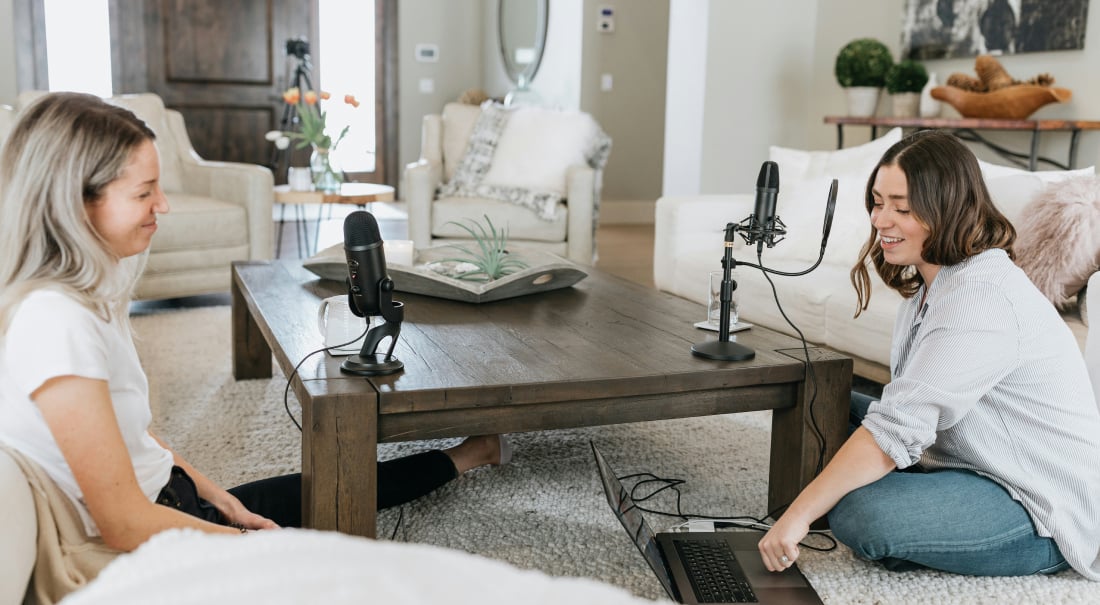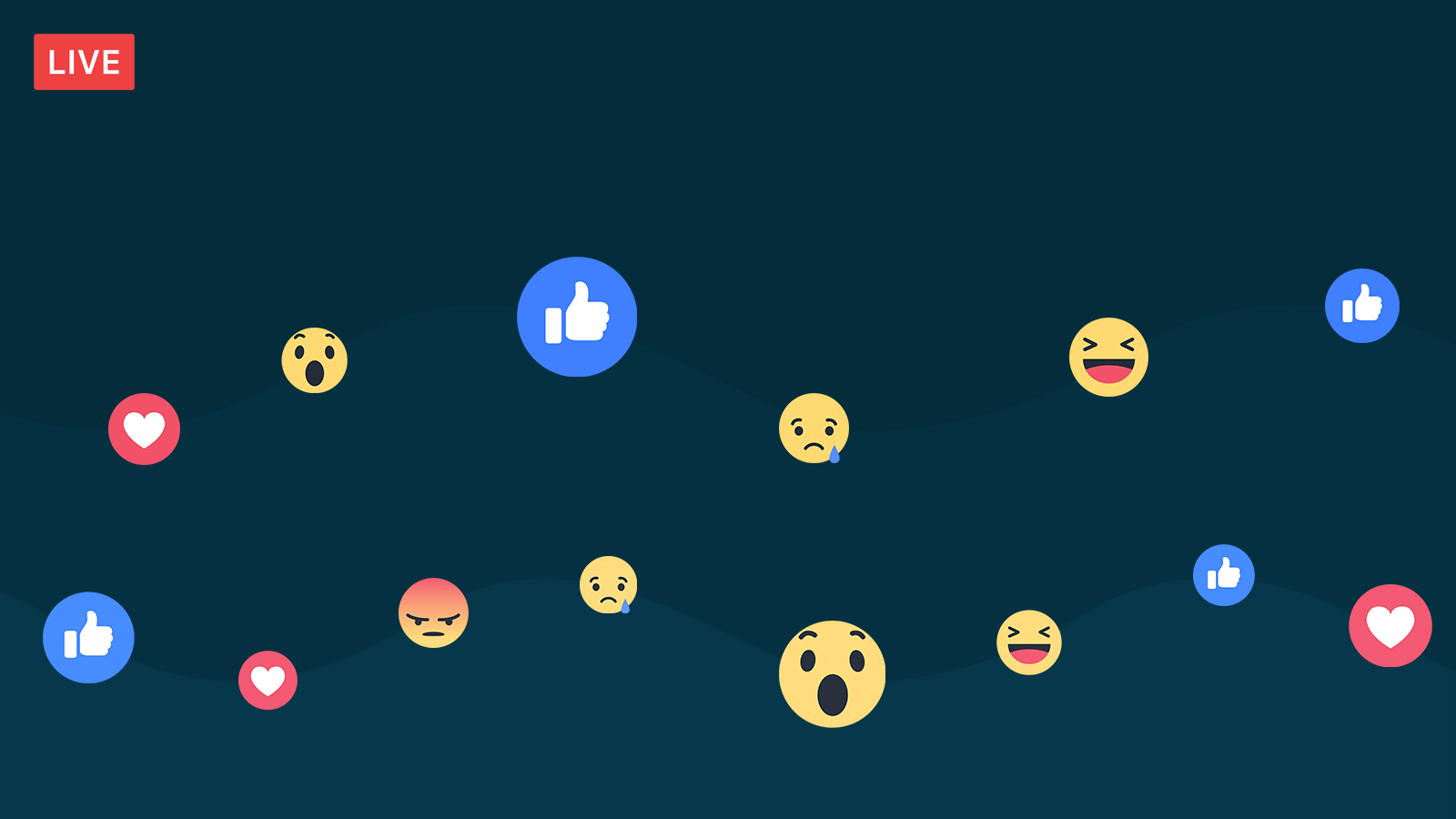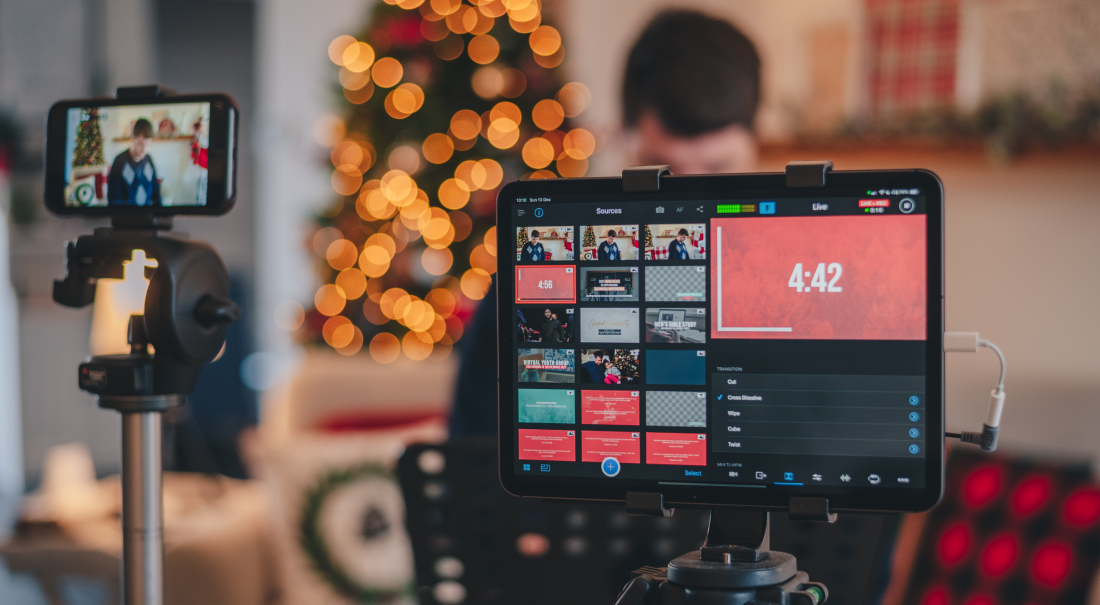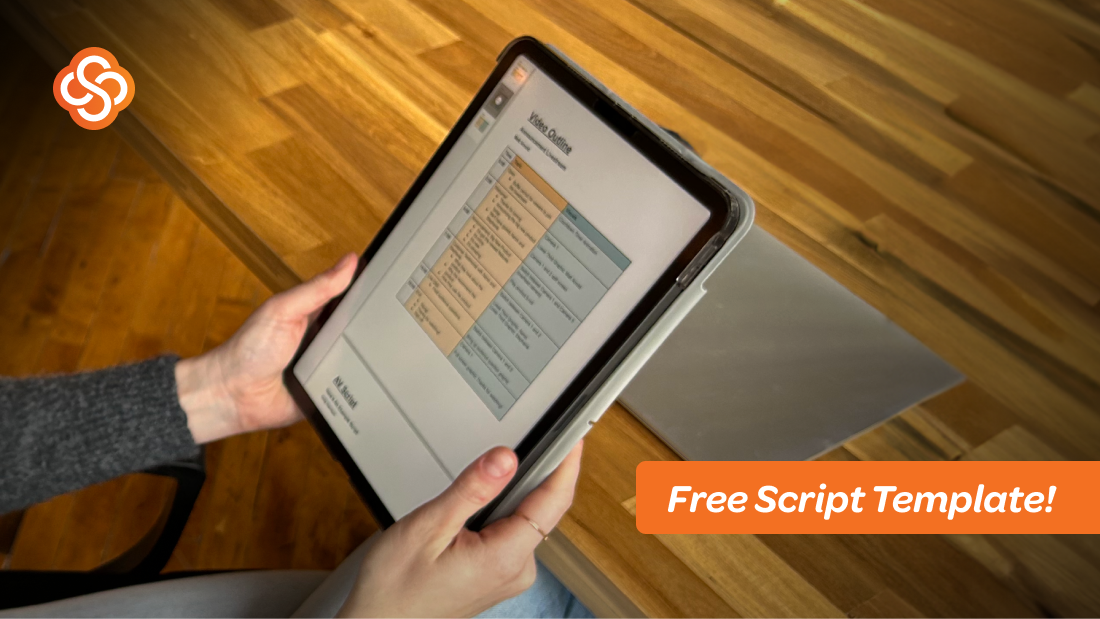
The Radio Television Digital News Association conducts an annual survey of newsrooms across the U.S., and one of the open-ended questions they ask every year is, “What is the most important new thing you started doing with social media in the past year?”
In both the 2017 and 2018 reports, the most popular answer was Facebook Live. (This makes sense considering Facebook Live was rolled out globally in spring 2016, and each year’s report covers the previous year’s activity.) Newsrooms reported using it for breaking news, weather, polls, sports, events, behind-the-scenes content, and more. Interestingly, in the 2019 report, Facebook Live was the second most popular answer (likely suggesting it was no longer a “new thing” for most newsrooms to adopt). 2019’s top answer was strategy — newsrooms reported being more strategic about what and when they posted on social media.
Newsrooms gearing up for 2020 can learn from these reports by looking at their own Facebook Live strategies and applying the insights in the RTDNA reports. Here are a few tips gleaned from the anonymous responses quoted in the 2018 and 2019 reports (2017’s report didn’t include direct quotes):
2019 RTDNA report tips
- Break news on social: “[We adopted a] social first strategy — breaking news on social first, then linking back to more info on website.”
- Go live daily: “Facebook Live has been a huge engagement generator for us. We are using it multiple times daily.”
- Repurpose social videos: “We hired a Social Media Video Producer to produce snackable videos for social media, that are then cross-posted and/or used on broadcast newscasts.”
2018 RTDNA report tips
- Promote on-air through Facebook: “We’re doing more Facebook Live, which is a great recruiter for our on-air.”
- Stream exclusive content: “[We’re doing] more strategic Facebook Lives, including daily sports and streaming some specials.”
- Track your growth: “Utilizing Facebook Live on a consistent basis has boosted social growth.”
How TV stations are benefiting from Facebook Live
Lenora Anne Hammock’s 2017 study on the adoption of Facebook Live for local TV affiliates also includes an excellent overview of the existing research on livestreaming, plus a look at how eight affiliates in varied market sizes are using the platform.
All eight affiliates reported using Facebook Live, and their content could be broken into five category types: weather, spot/breaking news, behind-the-scenes features, supplemental reporting, and entertainment. (This largely mirror the content types mentioned in the RTDNA reports.)
Summarizing her interviews with managers at each station, Lenora writes that “the main perceived benefits of Facebook Live are: increasing audience size, fostering relationships with viewers, building reputation, and expanding the brand, with a particular emphasis on driving viewers to legacy newscasts and websites, which generates revenue.” Here are some highlights:
- On increasing audience size: “The across-the-board prediction that Facebook Live would increase their audience proved correct. Participant 4 said the station saw ’huge spikes’ in the analytics. Participant 1 said their station’s Facebook page picks up about 100 followers every time it goes live. Participant 3 said their station is getting ‘views in the hundreds of thousands at the drop of a hat.’”
- On fostering relations with viewers: “Another key benefit of Facebook Live cited by every digital manager is the ability to connect with the audience through comments, reactions, and shares. The word engagement was said 22 times over the eight interviews.”
- On building reputation: “All eight digital managers said Facebook Live has a good influence on reputation overall. … Facebook Live also offers transparency, a way for the audience to see how the news is gathered.”
- On expanding the brand: “The eight digital managers interviewed view Facebook as more of a ‘supplemental experience’ than a direct competitor with the legacy newscast. ... Participant 8 ‘emphatically’ believes Facebook Live helps push people to on-air products that may not be familiar with the station on that platform. … Participant 7 said when there is a Facebook Live from a breaking news scene ‘viewers understand it’s the very beginning of the story’ and will turn into the TV broadcast to get more details.”
The study also covered challenges associated with Facebook Live adoption. “One of the chief challenges for TV stations is the vastly different look and feel of Facebook Live compared to highly produced television broadcasts,” wrote Lenora in the 2017 report. “Stations must relax their production standards considerably when relying on smartphone video, which is sometimes shaky, less than ideally focused and awkwardly framed.”
In the two years since, however, stations have continued to optimize their livestreaming strategies (as confirmed by the RTDNA reports), and improved iPhone cameras and live-editing tools like Switcher Studio make broadcast production standards easier to match. Switcher not only lets you sync multiple phones and tablets for multicamera livestreaming to Facebook Live (and elsewhere) but also lets you roll in the lower thirds, graphic, b-roll, and more.
How TV stations are monetizing Facebook Live
Of course, driving eyeballs to news content isn’t the only thing that newsrooms are concerned with. There’s also the ever-present question of monetization, and it applies to Facebook Live videos as much as it applies to any other media.
Former TV news exec Steve Schwaid outlined a number of ways that stations are monetizing their livestreamed content in a blog post for media market research company CJ&N. (He was summarizing the discussion from a webinar he conducted with Broadcasting and Cable in which he spoke to reps from stations like WTTG and KNXV.) Here are a couple of his takeaways from these stations' streaming success:
- Sell the opportunity to sponsor sports coverage: Include a sponsor’s graphic on the livestream, and have talent mention the sponsor in coverage. “One station estimated that it exceeded hundreds of thousands of views from the live pre/post-sports coverage on Facebook,” writes Steve. “They created a CPM model with sales and usually pulled in a thousand bucks or so for each ‘Live’ event.”
- Sell the opportunity to sponsor breaking news: Include a sponsor’s graphic on the livestream, or insert a sponsored lower third. “Another station I talked to said it sponsors Facebook Live for breaking news coverage,” says Steve. “[They get] great traction on breaking coverage on FB Live, so now they monetize it. They insert a graphic when the coverage originates from a control room, and they may insert a sponsored lower third banner.”
The same methods can be applied for not only sports and breaking news but also any of the other content types identified in the studies mentioned above. Livestreaming tools like Switcher Studio make it easy to add graphics and lower thirds to Facebook Live videos like Steve suggests — newsrooms could even use it to roll in sponsors’ commercials.
Ready to start — or level up — livestreaming at your station? Start a free 14-day trial of Switcher Studio, which helps organizations like Golf Channel and Corus Radio create amazing livestreams with just iPhones and iPads.
Subscribe to the blog
Sign up to receive notifications whenever a new blog post is published. You may unsubscribe at any time.

Share
About the Author

As Switcher's content strategy manager, Kate strives to answer the questions of new and expert livestreamers alike. She has spent her career in digital marketing and content strategy and now funnels that experience into helping others plan and create their own video content.
All posts by Kate Brannen Smith


